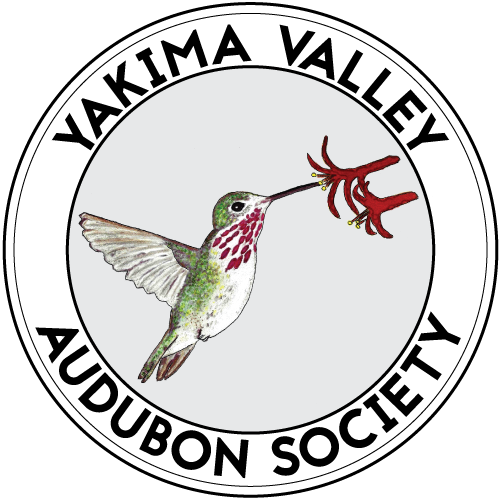Basics of eBird
General ·Basics of eBird - eBird, what is it and how can it improve my birding experience?eBird, which is developed through the Cornell Lab of Ornithology has revolutionized how people contribute their bird sightings to citizen science. Whether you are a casual birder who enjoys keeping track of birds in your yard or at your favorite park or a birder who travels to many exciting places, you can contribute to eBird. As a benefit, it keeps a personal list for you, so you can keep track of your birding memories. You can also use it to read about sightings in an area you’re considering for birding. The website, ebird.org, is free, but to submit sightings you do need to sign up for a user name and password. eBird can be used on your smartphone or computer and there are no age restrictions, you just need to have an email account and know how to submit sightings in a manner consistent with eBird, which this class will teach you. Recent developments have allowed users to add pictures, recordings, and other media to their checklists. Thus, the range of what you can do with sightings in eBird is close to limitless. You can even create bar charts and other data for your personal lists or local data. To learn more about this great resource, join Jason Fidorra and Scott Downes on Zoom, Tuesday March 29 from 6:30-8:30. You’ll learn the basics of eBird, how to enter and search for sightings, and also some of the more complex elements referenced above. There will be plenty of time for questions. Whether you are brand new to eBird or have used eBird before but would like to use more features, please join us. Jason and Scott have over 20 years combined experience using eBird, and we are interested in exploring that world with others. No registration is required for the class: simply join the Zoom meeting at the link below. To make the most of the class, we recommend that you visit http://eBird.org beforehand to browse and to download the mobile app to your smartphone, if applicable.
Posted by Yakima Valley Audubon Society on Wednesday, March 30, 2022
eBird, what is it and how can it improve my birding experience?
eBird, which is developed through the Cornell Lab of Ornithology has revolutionized how people contribute their bird sightings to citizen science. Whether you are a casual birder who enjoys keeping track of birds in your yard or at your favorite park or a birder who travels to many exciting places, you can contribute to eBird. As a benefit, it keeps a personal list for you, so you can keep track of your birding memories. You can also use it to read about sightings in an area you’re considering for birding.
The website, ebird.org, is free, but to submit sightings you do need to sign up for a user name and password. eBird can be used on your smartphone or computer and there are no age restrictions, you just need to have an email account and know how to submit sightings in a manner consistent with eBird, which this class will teach you. Recent developments have allowed users to add pictures, recordings, and other media to their checklists. Thus, the range of what you can do with sightings in eBird is close to limitless. You can even create bar charts and other data for your personal lists or local data.
To learn more about this great resource, join Jason Fidorra and Scott Downes on Zoom, Tuesday March 29 from 6:30-8:30. You’ll learn the basics of eBird, how to enter and search for sightings, and also some of the more complex elements referenced above. There will be plenty of time for questions. Whether you are brand new to eBird or have used eBird before but would like to use more features, please join us. Jason and Scott have over 20 years combined experience using eBird, and we are interested in exploring that world with others.
No registration is required for the class: simply join the Zoom meeting at the link below. To make the most of the class, we recommend that you visit http://eBird.org beforehand to browse and to download the mobile app to your smartphone, if applicable.
Hope to see you there.
